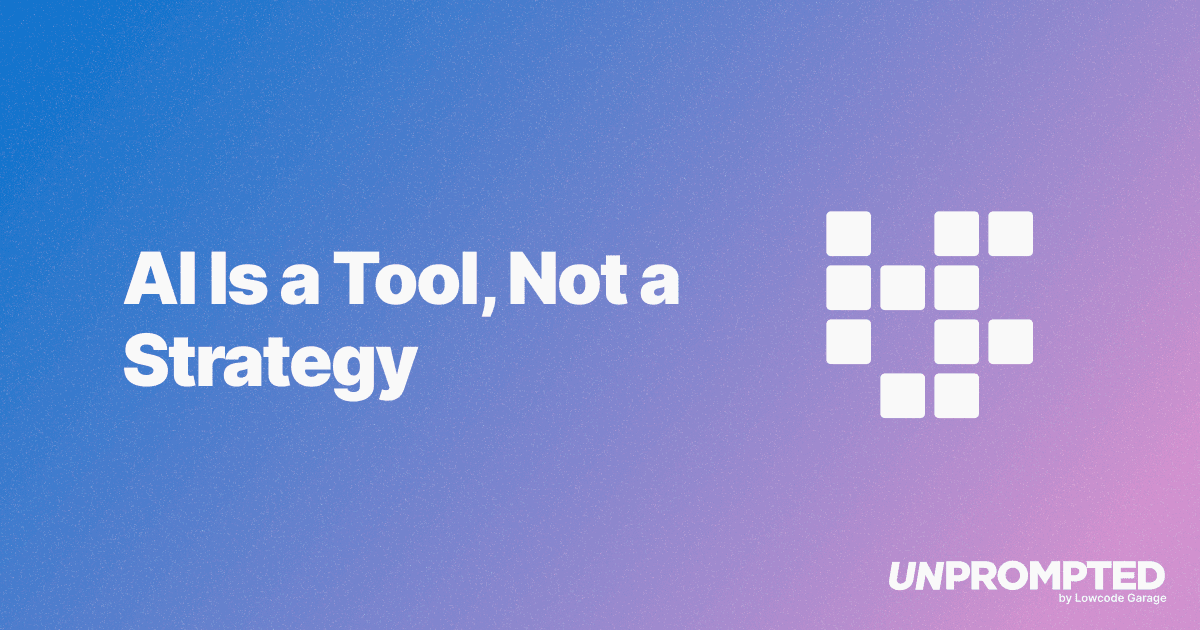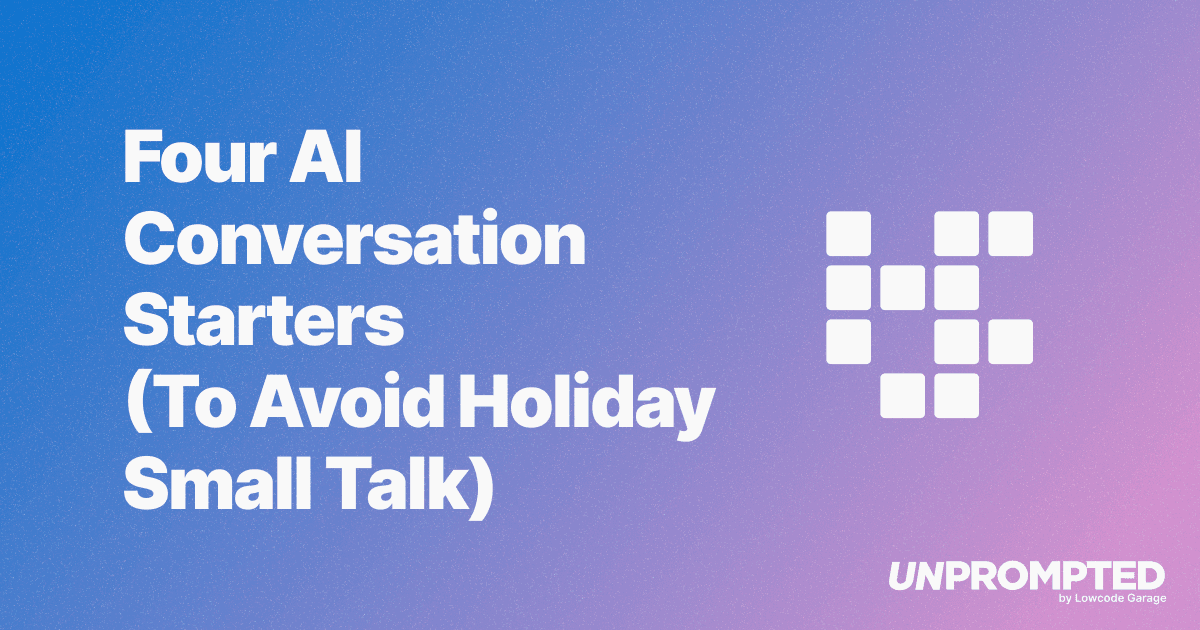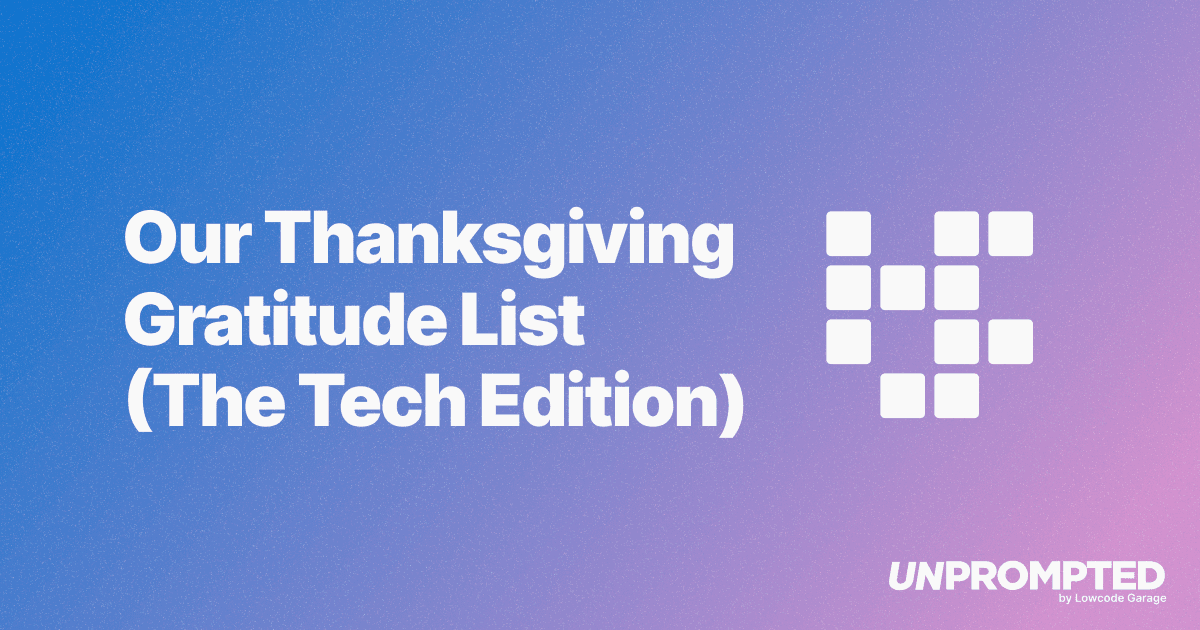When AI Hits the Subway Walls
A few of you have asked where we stand on the ethics of AI. So when a story on that exact subject unfolded right here in New York, we felt like we owed you our take.
A few of you have asked where we stand on the ethics of AI. So when a story on that exact subject unfolded right here on our home turf in New York, we felt like we owed you our take.
Friend, Foe, or just No?
This week, an AI company called Friend, spent over $1 million on a New York City subway ad campaign buyout. Friend is an AI wearable necklace that tracks your every move and conversation, so it can respond to you as a "friend."
It sparked quite a bit of backlash, triggering 1984-coded feedback of "Big Brother is Watching." And in case you've never been to the Big Apple, New Yorkers are not exactly known for holding back...
New Yorkers Don't Hold Back
Scrawled across the ads were messages like:
- "Stop profiting off of loneliness."
- "Go make real friends."
- "This is surveillance."

The campaign turned into a live comment section. Subway walls became the debate stage.
This prompted us to ask ourselves, what should AI do and what shouldn't it do? Where do we draw that line?
So Where does AI Belong?
While we don't think AI is any substitute for friendship (shoutout to all our friends reading this — we appreciate you!), our time working in the space has shown us that AI is an amazing technology to replace a ton of legacy tools and outdated ways of solving problems. Here are a few examples...
- Building a prototype without hiring an expensive engineer: Tools like Claude Code, Cursor, Lovable, and Bolt have let us spin up working prototypes for ideas we never thought we could validate without a full engineering team. Now, instead of sinking big money into resources upfront, we can test and iterate first (and do it all ourselves).
- Data analysis without a data scientist: Feeding raw disorganized spreadsheets into AI and leveraging it to help structure data, surface insights, and create visualizations saves us from spending days doing it ourselves or requiring specialized hires.
- Market research without the consultants: Instead of paying for pricey reports, we've used AI to quickly analyze industries, surface competitors, and generate customer persona insights.
- Drafting client contracts without starting from scratch: We've used AI to generate solid first drafts for NDAs, scopes of work, and service agreements. It doesn't replace legal review, but it saves huge amounts of time (and billable hours) by giving us a strong starting point.
The Last 10%
AI can generate structure, words, and images, but it doesn't know which details matter, or how to apply them with taste, judgment, or cultural awareness. That's where human input is positively irreplaceable.
So while AI can take you to 90% in record time, it won't get you all the way there. The difference is always in the details.
Apple didn't dominate because their devices simply worked. Plenty of devices worked. They dominated because of the last 10%: the curve of a corner, the smoothness of a swipe, the detail that made tech feel less like a tool and more like an experience.
As Leonardo da Vinci put it: "Details make perfection, and perfection is not a detail."
Perfection isn't one big feature. It's the sum of small, deliberate choices that only humans know to make.
The last 10% is what separates "AI output" from work that feels distinct, memorable, and worth paying attention to.
The best technology has a human touch. A real human, that is. So if you are looking for a new friend, don't look to AI, at least not yet.
Frequently Asked Questions
Continue Reading

AI Is a Tool, Not a Strategy
Henry Kravis reminds us that AI is a productivity tool, not a strategy. Strong management, cultural fit, and operational fundamentals still determine whether businesses succeed or fail.

Four AI Conversation Starters (To Avoid Holiday Small Talk)
Four timely AI conversation starters covering federal vs state AI regulation, Opus 4.5 capabilities, physical AI in construction, and Michael Burry's bet against Nvidia—perfect for surviving holiday small talk.

Our Thanksgiving Gratitude List (The Tech Edition)
Discover the AI tools transforming how we build products at Lowcode Garage. From publishing content with Claude Desktop to building prototypes in weeks instead of quarters, here's our Thanksgiving gratitude list for the tech that makes it all possible.